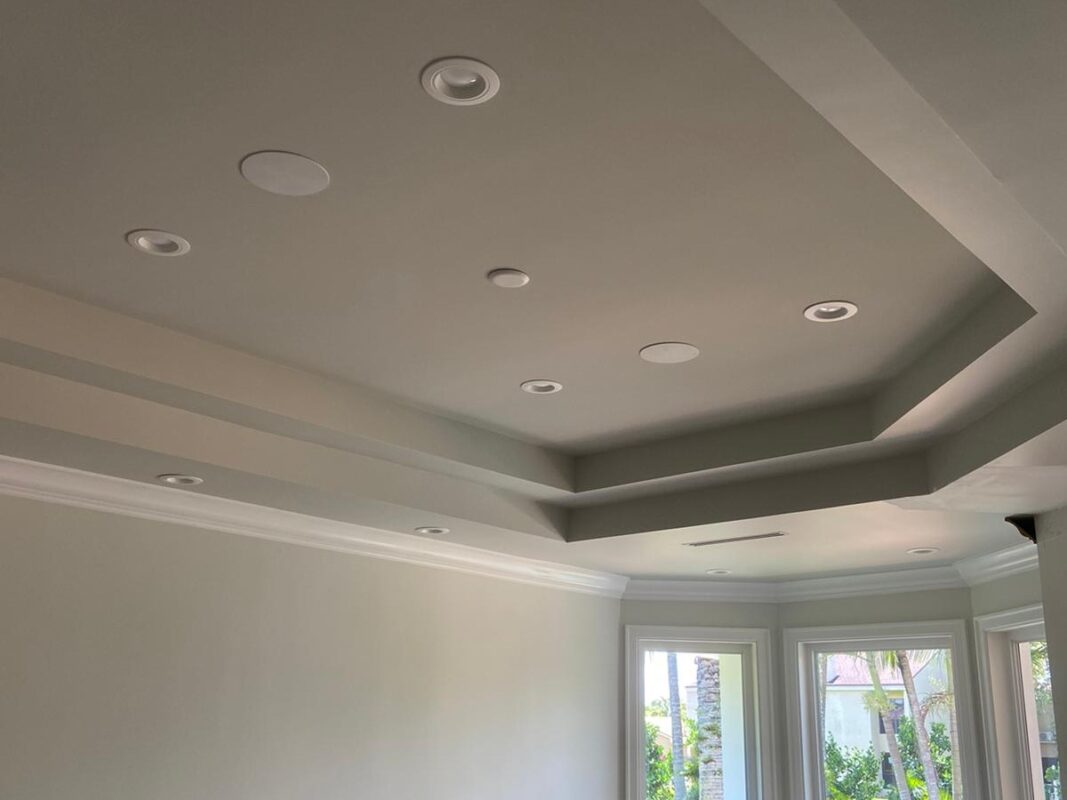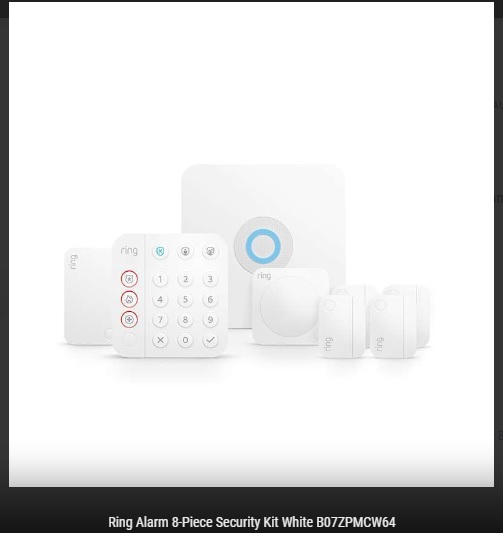Building a new home? Starting a new business? Wire it up for the smart home/office of tomorrow.
Data & Communication Wiring
In a data frame a bit could make the difference, don’t risk your networks.
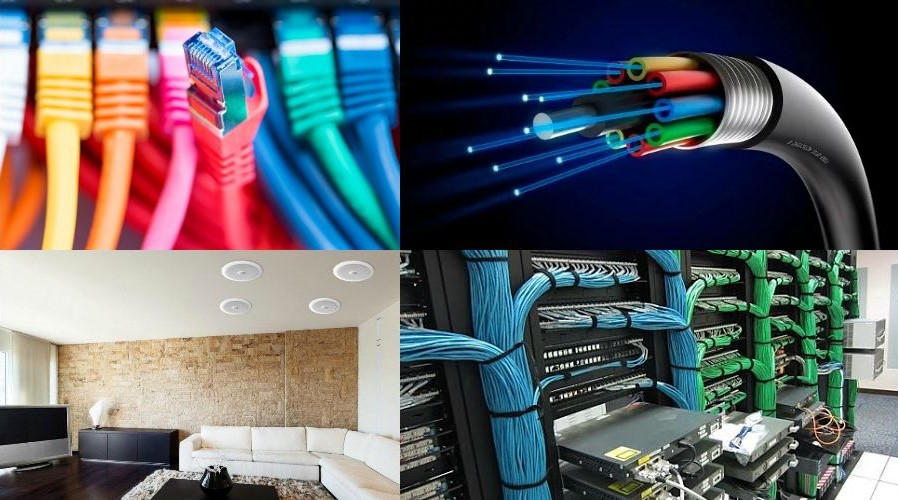
What is Network Cabling?
Network Cabling is the medium through which information usually moves from one network device to another. There are several types of cable which are commonly used with LANs. In some cases, a network will utilize only one type of cable, other networks will use a variety of cable types. The type of cable chosen for a network is related to the network’s topology, protocol, and size. Understanding the characteristics of different types of cable and how they relate to other aspects of a network is necessary for the development of a successful network.
Laying cables is the foundation for both creating local area networks (LANs) and connecting LANs into wide area networks (WANs). Network administrators are usually involved only in the planning and laying of LAN cabling since WAN cabling is the responsibility of telecommunications carriers.
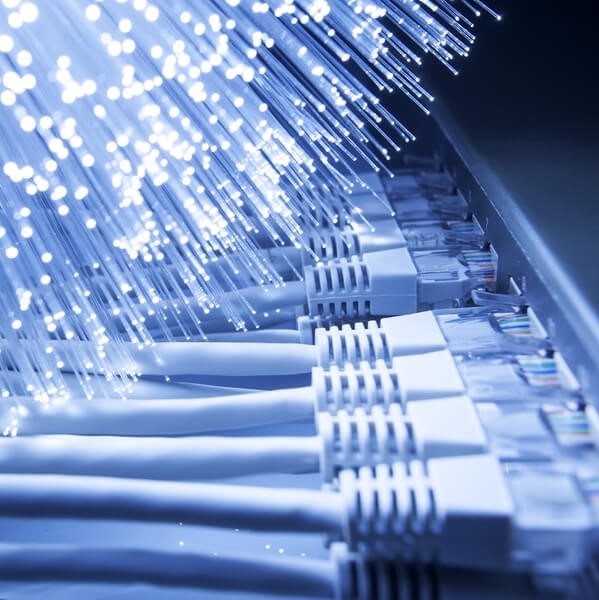
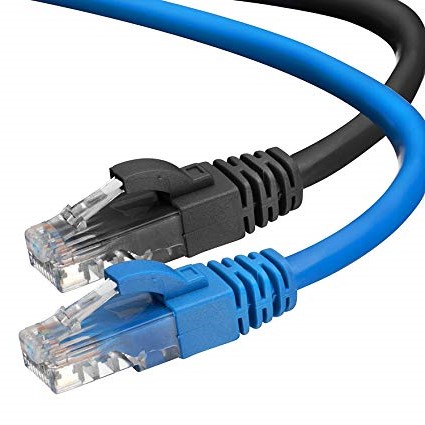
Copper wiring, which consists of insulated copper conductors that transmit signals using electrical voltages and currents. Copper cabling can be either coaxial cabling (such as thinnet or thicknet) that is used mainly in industrial environments, or the more commonly employed twisted-pair cabling.
Twisted-pair cabling comes as either unshielded twisted-pair (UTP) cabling (commonly used in Ethernet or Fast Ethernet environments) or the less common shielded twisted-pair (STP) cabling (employed for token ring networks and sometimes for Gigabit Ethernet installations).
Copper cabling is mainly used for shorter cable runs such as horizontal cable runs between wiring closets and wall plates in work areas, for patch cables, and for equipment interconnects.
Fiber-optic wiring, which is made of glass strands that transmit signals as light waves or pulses. Fiber-optic cabling can be either single-mode, which is used for the longest cable runs, or multimode, which has a much higher carrying capacity. Fiber-optic cabling is generally used for backbone cable runs such as vertical rises in buildings and building-to-building interconnects on a campus, for high-speed interconnects between networking devices in a wiring closet, and for connections to high-speed servers and workstations.
At USLATSTORE and EsecurityLat Corp we’ve got extensive experience and expertise installing both copper-wire and fiber-optic- wire networks. There are currently countless IoT (Internet of things) devices that need to be interconnected within your home or work environment, at Esecurity we shall design the most efficient solution according to your needs without distubing your new or existing facitilies.
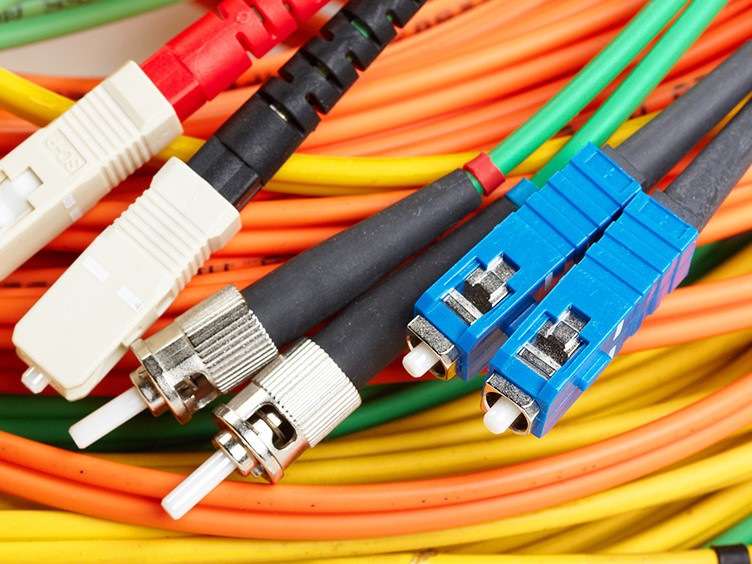
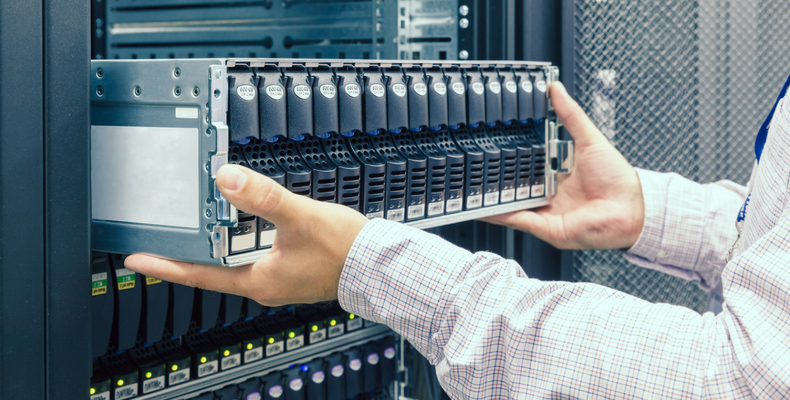
Let us know about your ongoing projects
Set up in-celing speakers and enjoy best quality sound around your house or office.
Installing In-ceiling speakers to listen to music or amplify the sound of any of your devices,around the house or in yourwork premises, is not just convenience. It helps you to add a touch of luxury to your lifestyle without needing you to spend heavily behind the setup.In-Ceiling speakers are virtually invisible and don’t take up any real estate in your room.Paintable speaker grilles mean that you’ll barely notice that you even have speakers in your room.
In fact, in-ceiling speaker system is easy to set up, and will help you to listen to your favorite tracks in grandeur and style.
